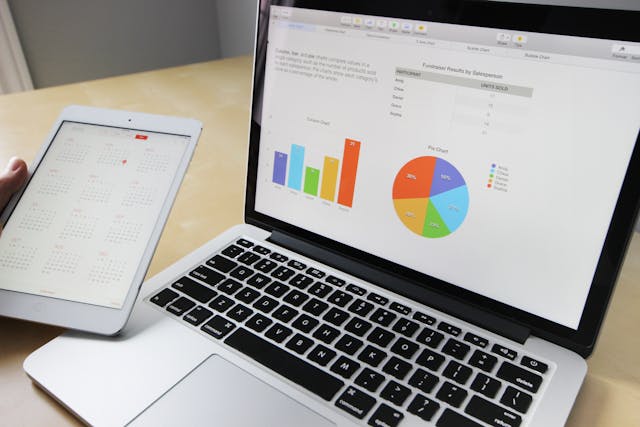If you’re a company that is looking to ship goods, you may have come across the terms 1PL, 2PL and 3PL. What do these acronyms mean? Each one is used to describe a different level of logistics: first party logistics (1PL), second party logistics (2PL) and third party logistics (3PL). This guide explains more as to what each one involves and how to choose the right logistics solution for you.
What is logistics?
First let’s define exactly what logistics is. In business, logistics is all about the flow of goods from origin to consumer. It is often used as an umbrella term to describe the entire process of inventory management, warehousing, packaging and transportation. Some companies handle all of this themselves, while other companies outsource these tasks – which is where 1PL, 2PL and 3PL come in.
What are the different types of logistics?
1PL (first party logistics)
This is when a company handles all of its own logistics from warehousing to transportation. It is a way of maintaining total control over the shipping process. However, it requires you to have your own warehouse, own your own vehicles and hire your own logistics staff (including warehouse operatives and drivers) – which can cost you a lot more money.
1PL is a popular method among companies that sell goods locally or small businesses with infrequent orders.
2PL (second party logistics)
2PL typically involves outsourcing a single aspect of logistics (usually transportation) and handling everything else in-house. It allows companies to save some money and free up some responsibility, while still having some control over the logistics process.
Many small online stores stock their inventory in their own premises and handle packaging, but may not be able to handle transportation themselves – 2PL is an economical solution for such businesses.
3PL (third party logistics)
3PL involves outsourcing a wider range of logistics tasks including warehousing, inventory management, packaging and transportation. A 3PL provider can be paid to take care of all of these tasks. This is often the most cost-effective logistics method, but involves delegating full control of inventory storage and shipping to another company.
A lot of companies with large inventories and lots of orders choose 3PL. It is also commonly used by businesses that want to focus on another core aspect beyond logistics – for example, a food manufacturer might want to focus all their time and efforts on manufacturing, and may be happy to let a third-party take over logistics.
Which is the best solution for you?
Whether to choose 1PL, 2PL or 3PL depends on various factors including how much money you have to spend on logistics, how much time you are able to dedicate to logistics and how much control you want to maintain over the process.
1PL is a good option for businesses that want full control over shipping, but may only be feasible if you have a small inventory/few orders or lots of money to spend.
3PL is the best option for companies that want to save time and money on logistics, but not suited to companies that want to maintain control.
2PL is a happy medium between the two, offering a good balance of control and time/money saved.

